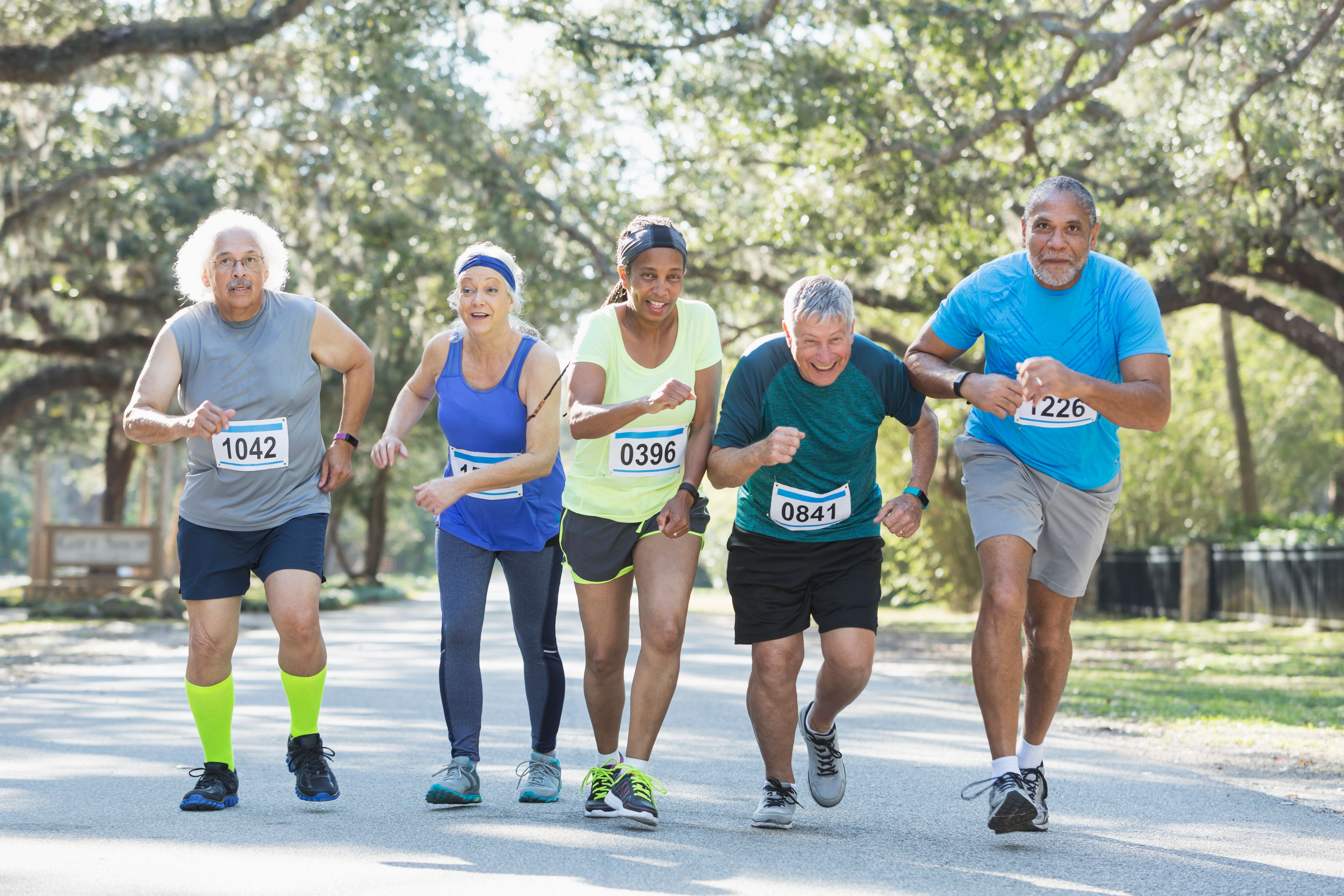Exercise is the new medicine for heart attacks
)
Exercise may stimulate the growth of more new heart muscle cells, even after having a heart attack.
Exercise prescription is gaining significant importance in clinical practice, as more and more research provides compelling evidence to support the role of exercise in disease prevention and chronic illness management. In short, we are running out of excuses not to exercise.
Researchers from the Harvard Department of Stem Cell and Regenerative Biology, Massachusetts General Hospital, Harvard Medical School and the Harvard Stem Cell Institute published significant new findings on 25 April 2018 in the journal, Nature Communications. Check their article out here.
For a long time, the medical fraternity has regarded the mammalian heart to have next to no potential for regenerating new muscle cells. This creates a significant problem, as many cardiac diseases are associated with a loss of cardiac muscle cells (cardiomyocytes) in the adult heart. A remarkably modest attrition of heart muscle cells (as few as 23 per 10,000 cells) is enough to cause fatal heart failure.
It is known that repetitive exercise protects the heart from disease although the basis for this benefit has never been completely understood. Regular exercise enhances cardiac function and increases myocardial mass, however these effects have generally been attributed to increasing heart cell size rather than the growth of new cells. Recent studies have shown that, in animals, cardiomyocyte proliferation is in fact a mechanism of cardiac growth and regeneration.
The study
In the current study, two groups of mice were used to test the effect of exercise on the heart. One group of mice had voluntary access to a treadmill and ran roughly 5 kilometres each day, over a period of 8 weeks. The other group of mice had no access to a treadmill and remained sedentary over the 8 weeks.
Researchers were able to observe the growth of new cardiac muscle cells by administering a chemical to the mice that enabled them to track newly made DNA as cells divided.
New findings
The mice that exercised on the treadmill had 4.6 times the number of new heart muscle cells than those mice without treadmill access.
In mice that had experienced an actual heart attack, exercise also led to increased production of heart muscle cells.
Researchers now want to find out exactly why exercise leads to increased regenerative activity in the heart.
They have identified a particular biological pathway that is needed for exercise to turn on heart muscle cell regeneration, which involves miR-22, a microRNA that is increased by exercise in both animal models and humans.
Inhibition of miR-222 completely blocks the cardiomyogenic exercise response. This indicates that miR-222, and potentially other miR-222-independent cell cycle regulators, are necessary for exercise-induced cardiomyogenesis.
These findings suggest that enhanced cardiac regeneration may contribute to the benefits of exercise after myocardial injury. Identifying the signals responsible could have therapeutic implications.
Limitations of the study
Of course, one limitation of this study is that the exercise regimen the mice underwent is difficult to compare to human exercise scenarios.
More work is needed to understand the long-term impact of exercise on cardiomyocytes and the responsible mechanisms in humans, but this study provides exciting results and suggests potential new opportunities for clinical intervention in the future.
Future directions
In summary, exercise looks like becoming the new approach to managing cardiac rehabilitation and improving recovery after a heart attack, not to mention playing an important role in the primary prevention of cardiac disease.
---
References
Lau, J. (25 April 2018). Exercise may help make heart younger. The Harvard Gazette: https://news.harvard.edu/gazette/story/2018/04/exercise-may-help-make-heart-younger-harvard-affiliated-study-says/
Vujic, A., Lerchenmüller, C., Wu, TD. et al. (2018). Exercise induces new cardiomyocyte generation in the adult mammalian heart. Nature Communications, 9, 1659 (2018). https://doi.org/10.1038/s41467-018-04083-1
| Tags:Heart problemsHeart Health for AthletesHH4A |

)